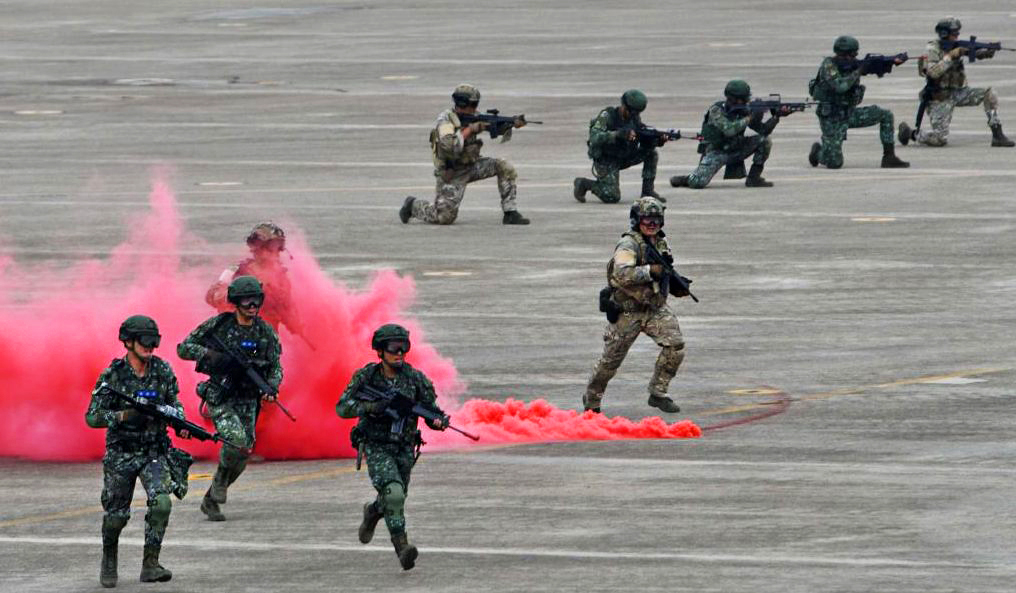A year ago, warning about the fragility of globalised supply chains was seen as a fringe concern of cranks unwilling to embrace the inevitable future. To fringe cranks like myself, it’s moderately satisfying to see such concerns suddenly become the main preoccupation of governments across the world. In the process of deglobalising the world economy, they are now rapidly onshoring the production of strategic necessities.
The global shortage of semiconductors — the humble electronic chips that provide the processing power for everything from smartphones to cars — has emerged as one of the biggest headaches for governments worldwide. Like a gambler playing roulette, the free market’s much-vaunted invisible hand stacked up the global production of semiconductors in Taiwan, which in normal times would not be a problem. But what was normal a year ago is now a vanished world.
The current semiconductor shortage — which is likely to lead to $61 billion dollar losses for the global car industry alone — is a result of the squeezing of production at the beginning of the pandemic, followed by suddenly increased demand from consumers locked down across the world. But it took this Covid-created shortage for world leaders to belatedly realise that Taiwan’s turbulent relationship with an increasingly assertive China makes the island nation a risky proposition to bet your economic health on.
As the authors of an alarming recent paper for the eminent Council on Foreign Relations think tank note, Taiwan is:
Likening the situation to 1914, the authors very much do not downplay the risk. Agreeing with the reckoning that there was a 25% risk of a Chinese assault on Taiwan in 2020 — they assert that the likelihood of a conflict erupting in 2021 is higher. As they observe, regarding Taiwan “China is now in a prewar tempo of political and military preparations,” and while Taiwanese forces are rapidly rearming in response, this leaves China with a short “strategic window” in which to attack, increasing the likelihood of a looming crisis.
Would a Chinese invasion be successful? The jury’s out, but the paper’s authors are not bullish on Taiwan’s chances. Will the US intervene militarily? America retains strategic ambiguity on this question, but on balance, they argue, probably not. The effects of such a conflict on the global order are almost unimaginable in scope. Even a limited Chinese coercion campaign, like a sea and air blockade of Taiwan — probably more likely than open war — would have a devastating effect on the global economy — and not least on the supply of semiconductors.
No wonder that advanced economies are rushing to achieve chip self-sufficiency. The Biden administration’s conducting an urgent review into America’s semiconductor supply chain, China is ploughing huge amounts of money into boosting domestic production, and the EU is rushing to achieve self-sufficiency by the end of the decade, with a goal of producing 20% of the world’s supply. If the British government has plans to deal with a looming semiconductor crisis, it would be reassuring to know what they are. If it doesn’t, then now seems a good time to start.











Join the discussion
Join like minded readers that support our journalism by becoming a paid subscriber
To join the discussion in the comments, become a paid subscriber.
Join like minded readers that support our journalism, read unlimited articles and enjoy other subscriber-only benefits.
Subscribe